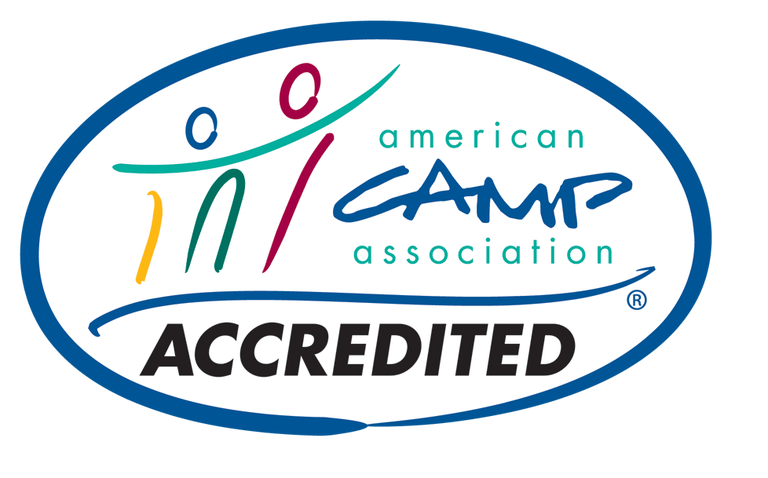Safety and Health Requirements for all Outdoor Recreation
Stay home when sick or if a close contact of someone with COVID-19
Staff and participants should be required to stay home if they feel unwell, show any signs of COVID-19, or are a close contact of a confirmed case. Screening should consider symptoms listed by the CDC. Any person with symptoms of COVID-19 or who is a close contact of someone with confirmed COVID-19 should not be allowed to participate and should contact his or her primary care provider or other appropriate health-care professional.
Masks
Masks required for staff and participants at all times.
Physical Distance
A minimum of 6 feet of physical distance must be maintained between staff and clients at all times where possible. This distance should be increased when clients are engaged in high-intensity aerobic activities. A minimum of six feet of distance must be maintained among participants when not engaged in fitness and training activities.
Hygiene
Staff and participants to practice good hygiene including washing their hands frequently and covering their sneezes and coughs. Wash hands often with soap and water for at least 20 seconds before and after practice, especially after touching shared objects or blowing your nose, coughing, or sneezing. Avoid touching your eyes, nose, and mouth. If soap and water are not readily available, use a hand sanitizer that contains 60-95% alcohol content. Cover all surfaces of your hands and rub them together until they are dry.
Provide handwashing or hand sanitizing stations at training and contest locations.
Limit the use of locker rooms to handwashing and restroom use only. Showers should not be used due to potential spread of aerosolized droplets. If use of locker rooms for changing is necessary, maximize ventilation and use tape, spots, or cones to signal 6 feet of distance for participants who need to change. If locker rooms are used cleaning protocols must be included in the facility safety plan. Limit occupancy of the locker rooms to avoid crowding.
Cleaning
Clean high touch surfaces and disinfect shared equipment before and after each use. Ensure restrooms are cleaned and disinfected regularly. Current CDC guidance for cleaning and disinfection for COVID-19 states that disinfectants should be registered by the EPA for use against the COVID-19. Find the current list here: List N: Disinfectants for Use Against SARS-CoV-2 (COVID-19). Disinfectants based on hydrogen peroxide or alcohol are safer than harsher chemicals. The University of Washington has a handout with options for safer cleaning and disinfecting products that work well against COVID-19.
Ventilation
Ventilation is important to have good indoor air quality. Ensure that ventilation systems operate properly. Increase air circulation and ventilation as much as possible by opening windows and doors. Offer more outside time, open windows often and adjust mechanical ventilation systems to bring in as much outside air as possible. Increase filters to MERV 13 if the HVAC can accommodate. Use of fans for cooling is acceptable. In indoor spaces, fans should only be used when windows or doors are open to the outdoors in order to circulate indoor and outdoor air. They should blow away from people.
Outdoors locations are preferred to indoors locations, and should be utilized to the greatest extent possible to allow for maximum fresh air circulation and social distancing. Outdoor temporary structures may be used. Outdoor structures, in order to be considered outdoors, should have no more than two walls to provide appropriate ventilation unless they meet this ventilation requirement; Structures can have three walls if another opening exists that is large enough to create cross ventilation.
Transportation
Limit exposure to those outside the household unit during travel. Encourage only those in the same household to travel together, and if not in the same household, travel in separate vehicles if possible.
For travel groups, (groups that include more than one household in the same vehicle whether in a carpool or on a bus) all members of the travel group, including the driver, must wear a face covering and spread out as much as possible within the vehicle. Limit travel groups to those who have been in regular contact (e.g. team members). Encourage family members to sit together. Maximize ventilation in the vehicle by opening windows.
Buses and shuttles should install safety barriers (such as plexiglass shields) between the driver and passengers or close (block off/leave empty) the seats nearest the driver to ensure 6 feet of distance between the driver and passengers. Passengers should board from the rear door when possible. Buses should improve air filtration where possible. Buses should be cleaned and disinfected daily after use with attention to frequently touched services (doors, rails, seat backs).
Records and Contact Tracing
Keep contact information for staff and participants to assist with contact tracing in the event of a possible exposure. Contact information must be kept on file for 28 days after each class or use of the facilities.
Employees
Employers must specifically ensure operations follow the main Labor & Industries COVID-19 requirements to protect workers. COVID-19 workplace and safety requirements can be found here.



















